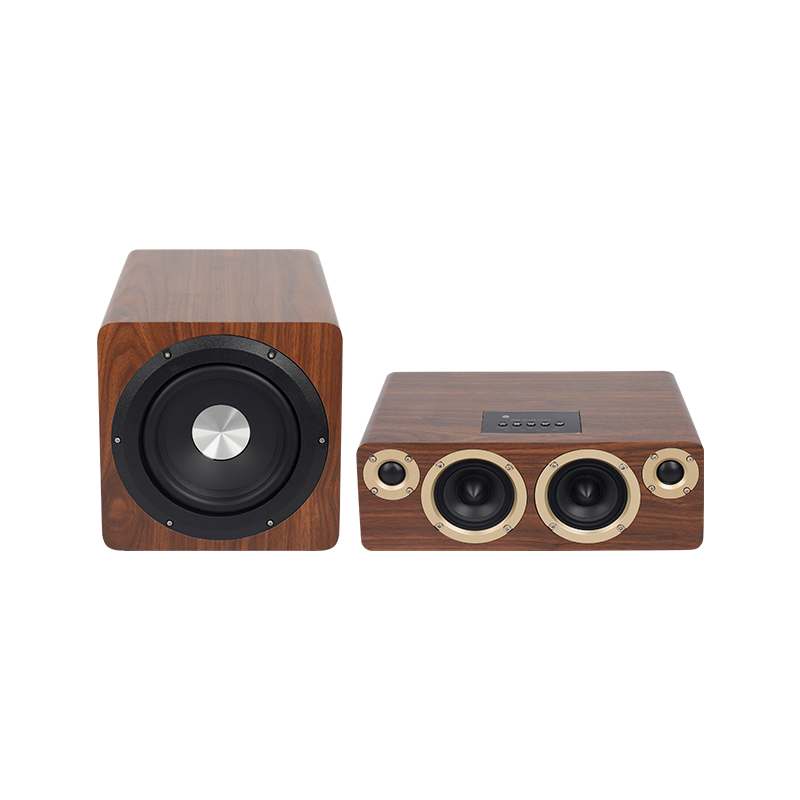1. The noise is loud. This will affect the clarity, softness and brightness of the sound, and in severe cases it will mask the sound of the venue.
① Background noise. When the gain is too large, the automatic gain control method is adopted, and the impedance is not matched, background noise will be generated.
②The microphone "flicks" out. The microphone is the first link in the amplification system, and its signal quality directly affects the overall amplification effect. Therefore, it should be selected and set reasonably according to the characteristics and performance of the amplification system, reproduction characteristics and the relative relationship between various sound sources. For speakers with strong broken voices, microphones that prevent "flashing" should be used.
2. Large deformation. This is related to the nonlinear deformation of the equipment and human factors. Symptoms are hoarseness, brokenness, sharpness, and in severe cases, it can affect the clarity, suppleness, brightness, fullness and presence of the sound. There are many reasons for distortion, such as excessive microphone sensitivity, improper placement, abnormal phantom power supply, excessive level adjustment of the mixer, improper adjustment of the equalizer, and impedance mismatch between devices.
3. The level is not standardized. The mixer, equalizer and other equipment were not adjusted before adjustment, resulting in the signal level being too high or too low. Also, connecting unbalanced outputs and balanced line inputs directly results in a drop in signal level.
4. Uneven frequency response. This is related to frequency response indicators and human factors, such as microphone pointing offset, excessive mid-frequency attenuation, and long microphone transmission lines, which will affect the clarity, layering, and fullness of sound reproduction.
5. The sound ratio is out of balance. If the sound ratio of the three sub-venues including the main control room, the main venue, and the sub-venues is out of balance, it will affect the restoration of the long-distance sound balance in other sub-venues, resulting in a decrease in the overall effect of the conference.
6. The reverb delay is incorrect. Due to the different requirements on the reverberation delay time of various conference types and audio environments, the reverberation delay parameters should be adjusted according to the acoustic characteristics.

①The size of the field affects the time sense and auditory time sense of sound reflection during reverberation.
②The reverberation time is the process in which the sound diffuses from the sound source through the surrounding absorption and reflection. The reverberation time depends on the size of the venue. The larger the distance, the longer the reverberation time. Audio processing equipment compensates for and retouches certain sound imperfections, but not properly adjusted can backfire. If the reverberation time is too long, the sound will have a "turbid" feeling, so it is necessary to combine the actual situation and reasonably add the reverberation effect to enhance the depth of the sound. The same applies to delayed processing.
The frequency characteristics of reverberation reflect the reverberation effect and sound quality of the sound at different frequencies. To be familiar with the frequency characteristics of reverberation, adjust the ratio of the microphone to the direct sound and reflected sound to improve the realism and clarity of the sound.
Sound diffusion is a parameter that reflects the acoustic characteristics of the scene. The microphone should be set up reasonably to make up for the defects in the sound diffusion conditions of the venue. At the same time, the vibration echo area and strong reflection direction should be avoided.